35 Best Foods That Start With K (Fruits, Appetizers, Desserts)
Are you a gastronomic adventurer or someone who enjoys exploring the culinary delights of various cultures around the world? If so, you might be intrigued by discovering dishes and food items that start with a specific letter in the English alphabet. This list can serve as your menu, perfect for when you want to elevate your dining experience and indulge in exotic flavors. For the love of food, we’ve compiled a comprehensive collection of 35 foods that begin with the letter K.
These range from fruits and beverages to appetizers, main courses, and desserts from across the globe. As you scroll through this list, you’ll expand your culinary knowledge and perhaps even find some new favorites.
Kale

Kale, a leafy green vegetable that bears resemblance to cabbage, boasts an impressive nutritional profile. Packed with vitamins A, B-complex, K, C, calcium, potassium, and antioxidants, this superfood is surprisingly low in calories. Its remarkable health benefits make it an ideal choice for individuals managing high cholesterol, obesity, or heart disease concerns. Not only can kale be enjoyed raw, but it also responds well to cooking methods like baking or stir-frying.
Its slightly bitter taste can be easily balanced with a drizzle of tahini or honey, making it a versatile addition to salads, soups, and stews alike.
Ketchup
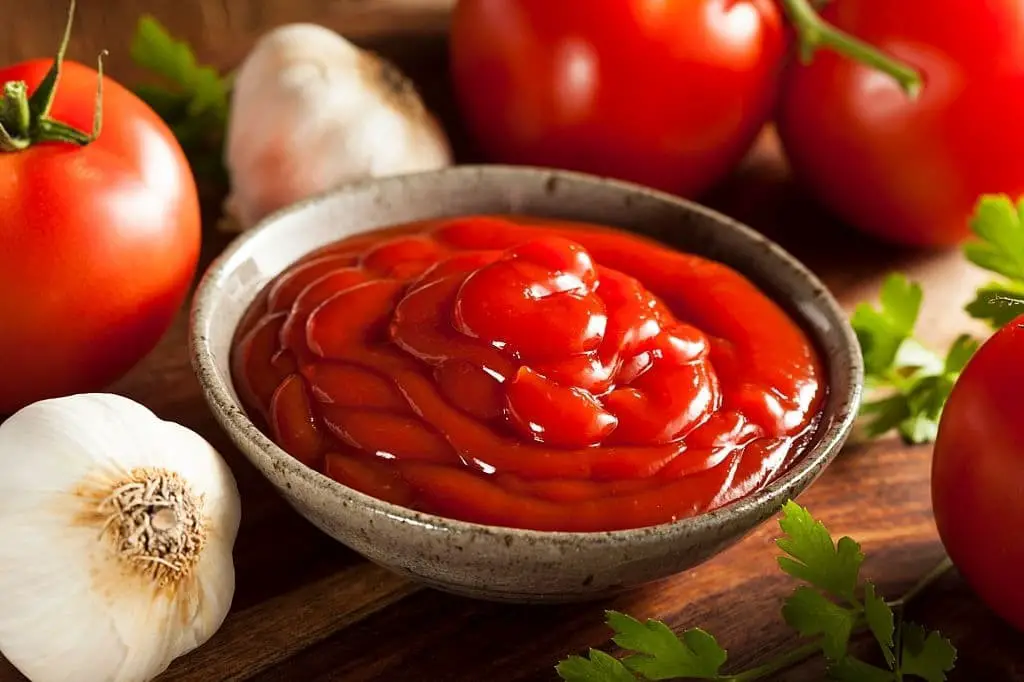
Tomato ketchup, a condiment with a sweet flavor profile, is typically made from a combination of tomatoes, vinegar, sugar, salt, and various seasonings. The taste can vary greatly depending on the additional ingredients incorporated during the manufacturing process, such as garlic, onion, coriander, fennel, ginger, cumin, or cloves.
This versatility allows ketchup to be paired with a wide range of dishes, from hot dogs and french fries to sandwiches, omelets, pizza, hamburgers, grilled, or fried meat and fish. Moreover, it often serves as the foundation for other sauces, dressings, and dips.
Kebab

Kebab, the cornerstone of Middle Eastern cuisine, is a mouthwatering dish made by marinating small meat cubes and grilling them to perfection in a tandoor. This delectable treat has gained immense popularity across Asia, with variations made from ground meats such as lamb, chicken, beef, fish, mutton, or even cottage cheese and potatoes for vegetarian options. When served hot and juicy, with a charred or smoky flavor, Kebabs make an excellent addition to any meal or party gathering.
The tender texture that simply melts in the mouth makes them an irresistible snack that’s sure to tantalize anyone’s taste buds.
Kedgeree

The origins of kedgeree can be traced back to India, where it is known as khichuri – a hearty meal made from rice and lentils cooked with aromatic spices. The dish was likely introduced to Europe by British expats who had fallen in love with its flavors while living in the subcontinent. As they brought their own twist to the recipe, they added ingredients like smoked haddock, eggs, parsley, butter or cream, or substituted traditional fish with tuna or salmon.
By the 19th century, kedgeree had evolved into a refined and popular breakfast option in the UK, enjoyed by the upper echelons of society.
Ketembilla
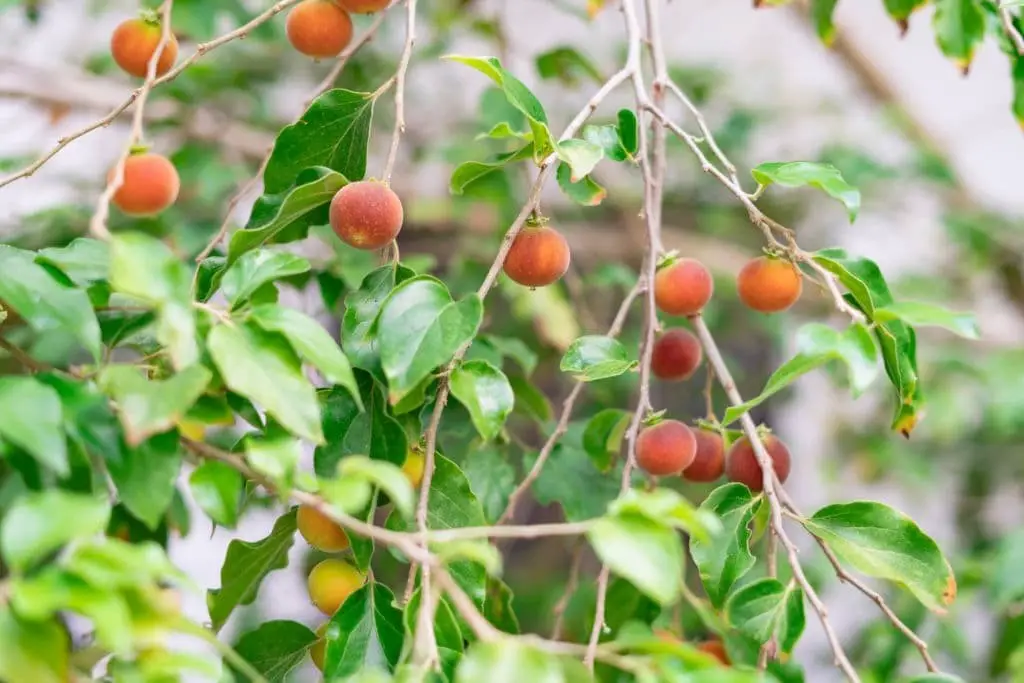
Ketembilla, also known as Ceylon gooseberry, has its roots in Sri Lanka and South India. This versatile fruit can be consumed fresh, with its pulp being used to create delicious jams or adding a unique flavor profile to beverages. Despite its potential uses, Ketembilla is often overlooked due to its inherent sharp acidity and bitterness, making it a lesser-known fruit outside of its native region.
Interestingly, the plant’s compact growth habit makes it an ideal choice for hedges in tropical regions like Hawaii and Honduras, where it helps keep cattle out of sugarcane plantations. One notable characteristic of Ketembilla is its color transformation as it ripens – it begins as a pale green and eventually turns a deep purple.
Kidney Bean
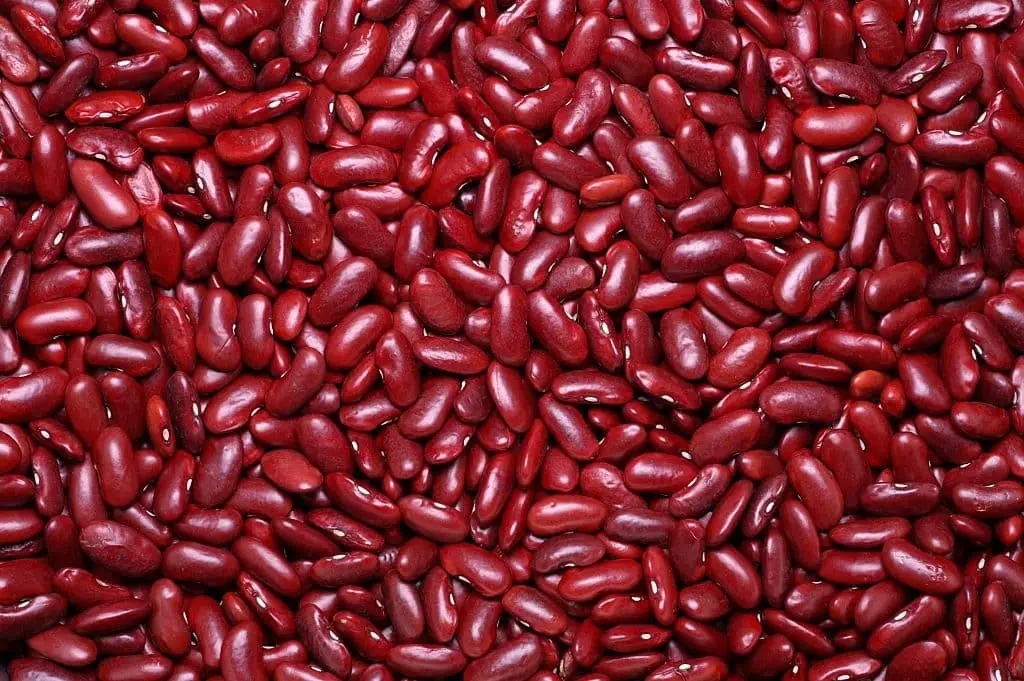
Kidney beans, a type of legume, derive their name from their distinctive shape, which bears resemblance to human kidneys. This variety is notable for its versatility in terms of color, with brown, white, and black hues all being part of the spectrum. Renowned for being one of the richest plant-based sources of protein, kidney beans serve as a popular alternative to animal-derived protein for vegetarians and vegans alike.
Moreover, these legumes are packed with antioxidants, rendering them an excellent choice for individuals seeking to mitigate the risk of heart disease, high sugar levels, and obesity. When prepared properly, kidney beans emerge as a nutritious and wholesome addition to any meal.
Kiwi
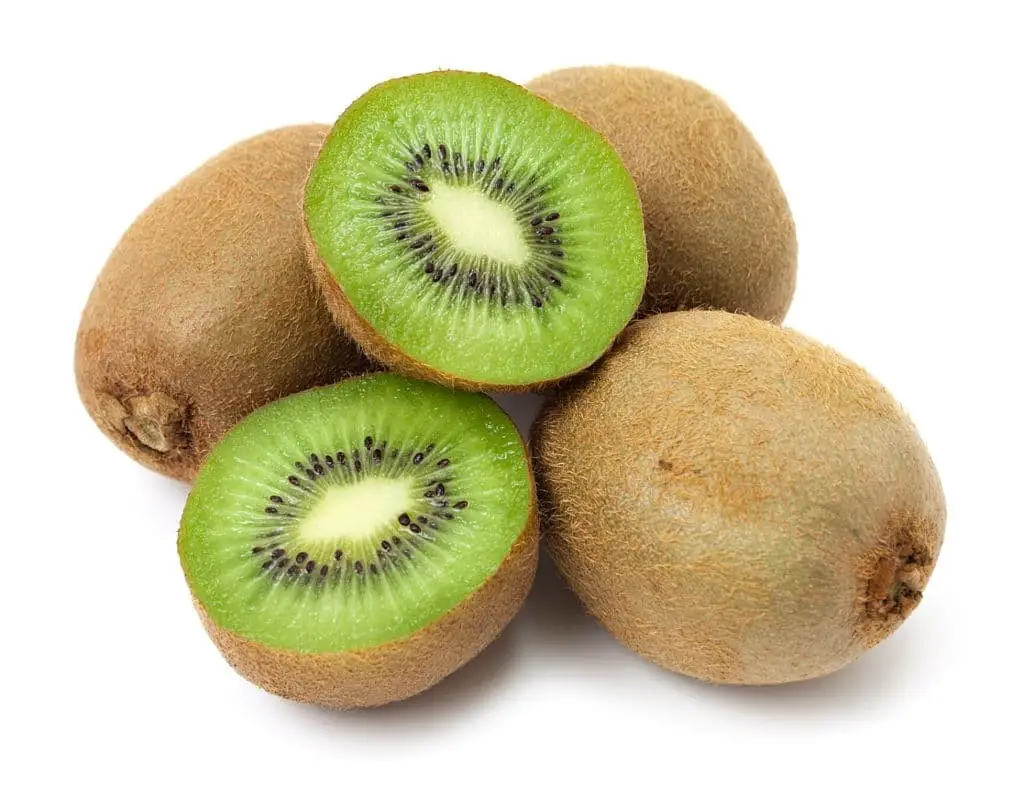
Oval in shape and boasting a unique fuzzy brown skin, Kiwi is a berry fruit that conceals its soft green flesh with tiny rows of black edible seeds. This nutrient-dense fruit stands out for its impressive concentration of vitamin C, offering a wealth of health benefits. As an antioxidant-rich food, Kiwi proves to be a valuable ally in the fight against cancer cells and free radical damage.
Its versatility knows no bounds – enjoy it raw, blend it into smoothies, savor it as a fresh snack or as toppings on sweet treats like cakes, pies, custards, or even elevate your cocktail game with its delicious flavor.
Kirsch
Kirsch, a type of clear brandy, derives its distinct flavor from the juice of black morello cherries, with hints of almonds arising from the nutty undertones imparted by crushed cherry stones. This characteristic sets Kirsch apart from other cherry-based spirits, as it does not possess a sugary quality.
Instead, its traditional production process has been passed down through generations in Germany, France, and Switzerland, where it is often enjoyed on its own, mixed into cocktails, or used to add depth to various culinary creations.
Kishke

Kishke, also known as Kishka, is a type of sausage that has been a staple in Eastern European cuisine for centuries. This traditional Jewish dish consists of beef intestines stuffed with flavorful fillings made from meat or grain. While its origins are rooted in the region’s cultural heritage, modern variations have introduced innovative twists to the classic recipe.
In recent years, synthetic casings have become a popular alternative to traditional beef intestines, allowing for greater flexibility and convenience in preparation.
The versatility of Kishke lies in its ability to be prepared using various fats, spices, and even vegetables like potatoes. Whether baked, fried, or simmered in saltwater, this savory sausage can be served as a main course or paired with other dishes.
Its rich flavor profile and tender texture make it a beloved component of many cultural celebrations and family gatherings.
Koumiss

Koumiss, also known as Kumis, is a type of fermented dairy product made from the milk of mares or donkeys. This ancient beverage has been a staple in Turkey and the Central Asian grasslands for centuries. What sets Koumiss apart from other types of milk is its unique flavor profile – it’s sweeter than cow or goat’s milk and takes on a mild, slightly fermented taste after the fermentation process. In fact, the fermentation process gives Koumiss a hint of alcohol, similar to wine rather than beer.
This distinctive flavor makes it a popular choice for sweet dishes and desserts, such as ice cream. When served chilled, Koumiss is typically sipped from small bowls called piyalas, offering a refreshing and creamy treat.
Kohlrabi

Kohlrabi, also known as German turnip, shares a family tie with other popular vegetables like broccoli, cabbage, cauliflower, kale, and Brussels sprouts. A staple in Asian and European cuisine, this versatile root vegetable is an excellent source of fiber and vitamins, boasting impressive antioxidant properties. The benefits don’t stop there – Kohlrabi also supports immune function, metabolism, collagen synthesis, gut health, and blood sugar management, making it a valuable addition to any diet.
Its adaptability allows for consumption in various forms: raw, roasted, grilled, or added to salads, stews, and stir-fries. As a cool-weather crop, Kohlrabi typically thrives during the winter and early spring months, providing a welcome respite from the cold.
Kuli-Kuli

In West Africa, the popular snack Kuli-Kuli is created by transforming raw peanuts into a paste. This rich, protein-based paste is then blended with a medley of spices, pepper, and salt to give it its distinctive flavor. The mixture is then sculpted into various shapes, which are subsequently deep-fried in peanut oil to produce crispy, crunchy snacks. Kuli-Kuli can be enjoyed on its own or combined with other ingredients like cassava flakes, sugar, and water to create a sweet and savory treat.
Additionally, the snack can also be ground and incorporated into salads for an added burst of flavor and nutrition.
Kasiri
In the heart of Suriname and Guyana, a unique beverage has gained immense popularity – Kasiri. This traditional drink originates from the humble cassava plant or red sweet potatoes. The process begins with grating the cassava roots, which are then diluted in water to extract its juice. The extracted liquid undergoes fermentation, resulting in the distinctive flavor of Kasiri.
Interestingly, this beverage can be further processed by boiling it down to create a rich, dark syrup that serves as a flavor enhancer.
Kelewele
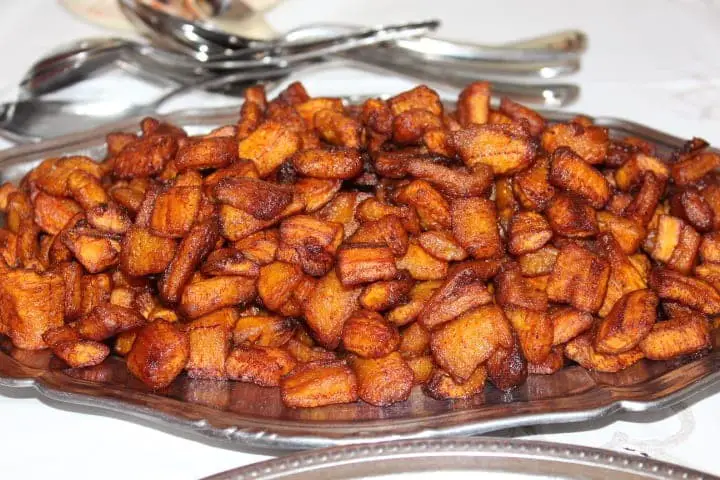
Ghana’s popular street food, Kelewele, is a flavorful treat that pairs perfectly with rice, stew, or as a standalone snack. This West African delight complements meats and rice or curry beautifully. To prepare this spicy fried plantain recipe, diced or sliced plantains are first coated in a zesty batter infused with salt, pepper, and ginger. Then, they’re fried to golden brown perfection. For a healthier twist, Kelewele can also be air-fried and enjoyed with a variety of dips and sauces.
Key Lime

In the realm of citrus fruits, key limes stand out for their unique characteristics. Native to southeast Asia, these spherical fruits are typically harvested when they’re green, gradually transforming into a vibrant yellow as they ripen. One notable distinction between key limes and their Persian counterparts is their pronounced tartness, coupled with a higher seed count and thinner rind.
Moreover, certain varieties boast aromatic profiles and higher acidity levels, setting them apart from others. The juice extracted from these fruits serves as a versatile ingredient in various culinary applications – think cocktails, flavorful enhancers for meats and fish, or even a refreshing complement to spicy curries. When paired with tequila, the zesty essence of key lime juice adds an extra layer of complexity to the drinking experience.
Koshari
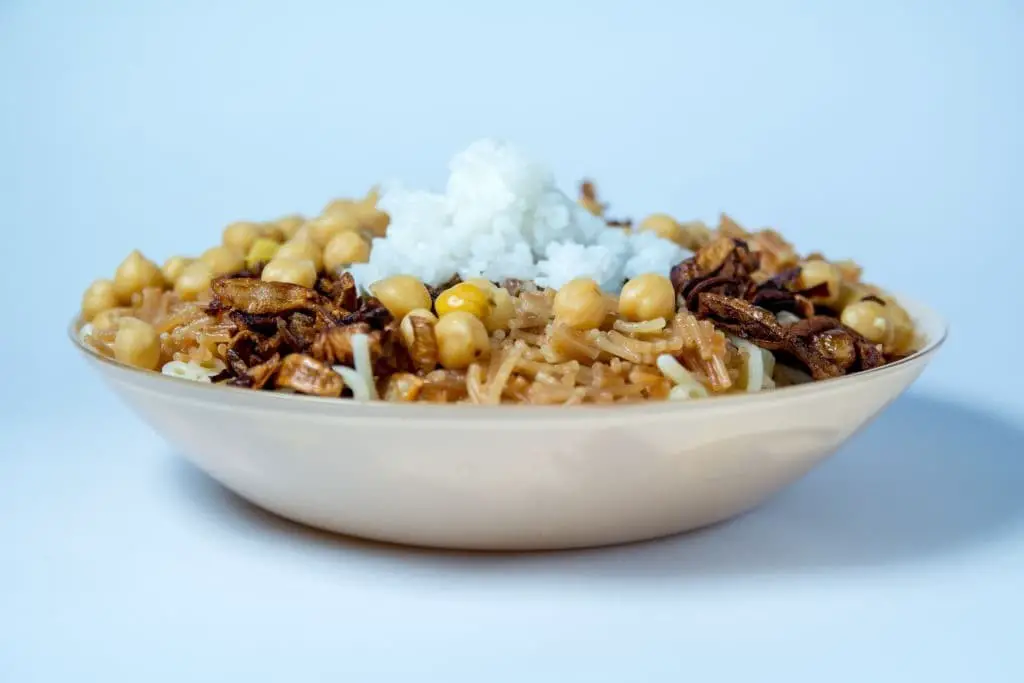
Egypt’s national dish, koshari, is a flavorful street food that combines the familiar with the unique. At its core are simple ingredients – rice, lentils, and macaroni – which are then elevated by a blend of spices, ketchup, garlic, and vinegar. The finishing touches come in the form of crispy fried onions and nutty chickpeas. While sharing some affinities with Mediterranean cuisine due to the presence of macaroni, koshari’s distinct flavor profile sets it apart as an African dish.
What’s more, this traditional recipe is typically meat- and fish-free, making it a popular choice for vegans.
Kabocha
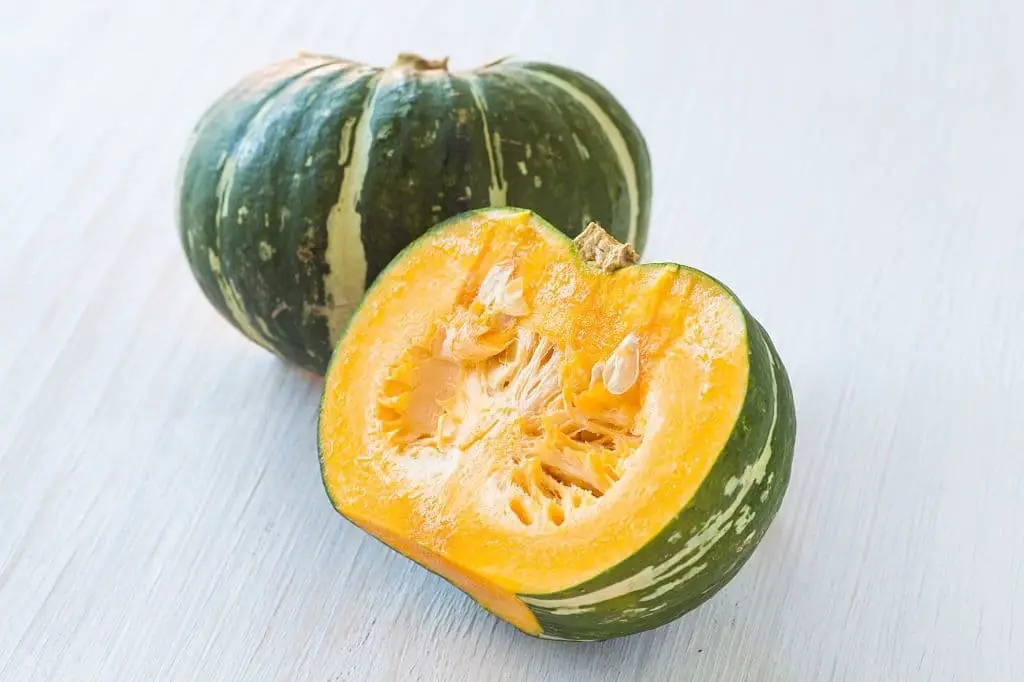
Kabocha squash, also known as Japanese pumpkin in the United States, is a staple ingredient in many Asian cuisines, including Korean and Thai cooking. This versatile winter vegetable boasts a unique combination of characteristics – its dark green skin gives way to a sweet-flavored, bright orange flesh. In fact, Kabocha is often described as the sweetest of all pumpkins and squashes, with cream-colored seeds that can be dried and roasted for a tasty snack or garnish.
With its diverse flavor profile and versatility in cooking, it’s no wonder Kabocha squash is used to prepare an array of dishes, from hearty curries and stews to comforting casseroles and sweet treats like cookies, pies, muffins, and bread.
Kenkey
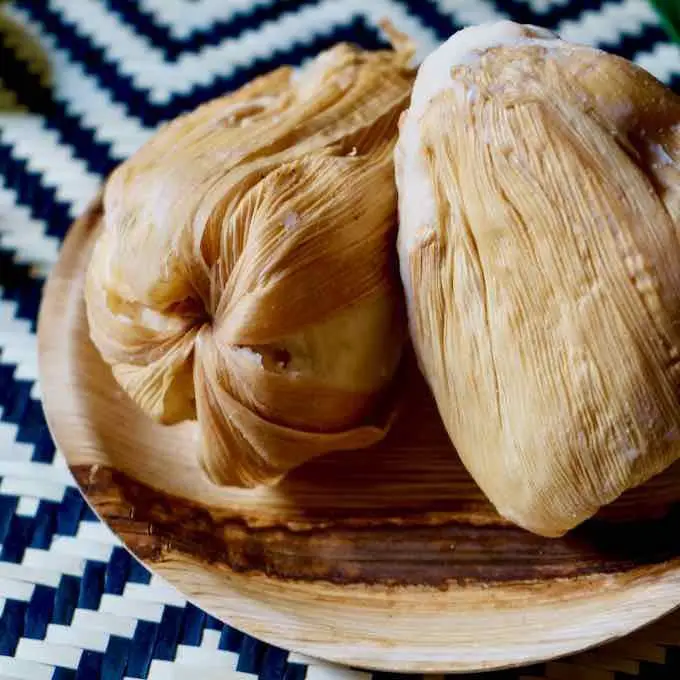
Kenkey, a traditional West African staple, has been delighting palates for generations. Its unique preparation process involves steeping white corn or maize in water for an impressive 48 hours, followed by kneading into a dough and shaping into delectable dumplings. This flavorful dish enjoys popularity not only in Ghana, but also in Jamaica, Togo, and Côte d’Ivoire.
Typically, Kenkey is served with a savory accompaniment – be it crispy fried fish, smoky morsels, dried fish, or hearty stews and soups. The ultimate treat, however, comes when a special Shito sauce, crafted from smoked fish and fresh vegetables, is drizzled over the top. Interestingly, Kenkey’s distinctive taste owes its piquant zing to the fermentation process that occurs during its preparation.
Kimchi
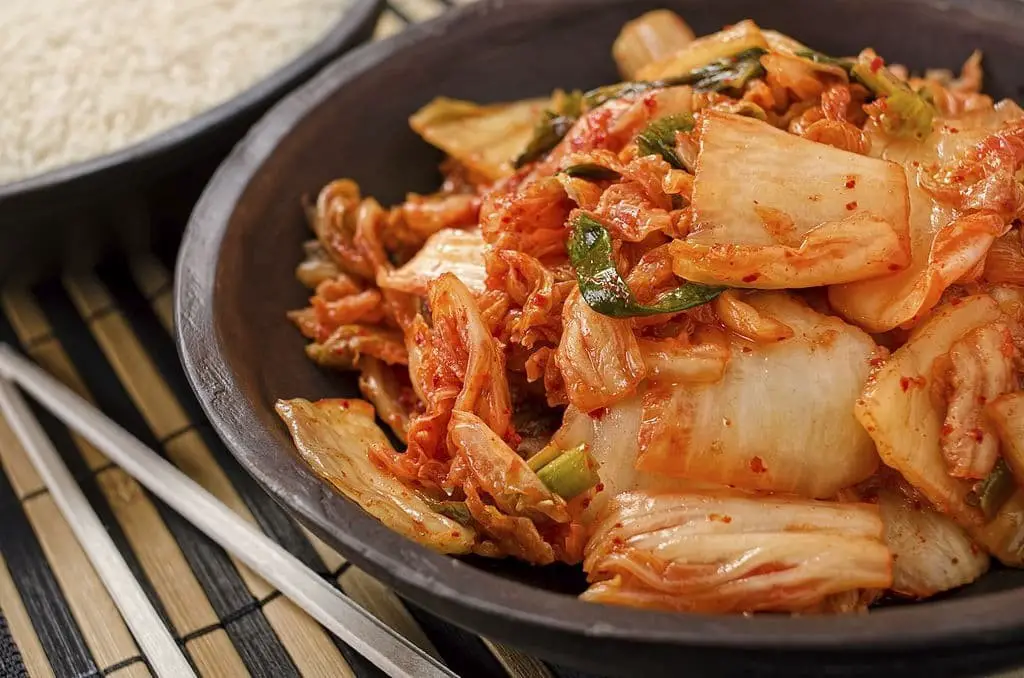
In recent years, the Western world has discovered the numerous benefits of Kimchi, a staple food in South Korea. This fermented vegetable condiment is often referred to as a superfood due to its rich nutrient profile, including vitamins A and B-complex, lactic acid, calcium, and iron.
The ingredients used to make Kimchi include an array of vegetables such as napa cabbage, radish, and scallions, which are combined with aromatics like garlic and ginger, along with fish sauce, shrimp, and chili peppers. Once mixed together, the mixture is left to ferment in a brine, resulting in a tangy and savory flavor profile. Kimchi’s ease of preparation makes it an excellent addition to various rice dishes and sandwiches, serving as a flavorful pickled side dish.
Kachumbari
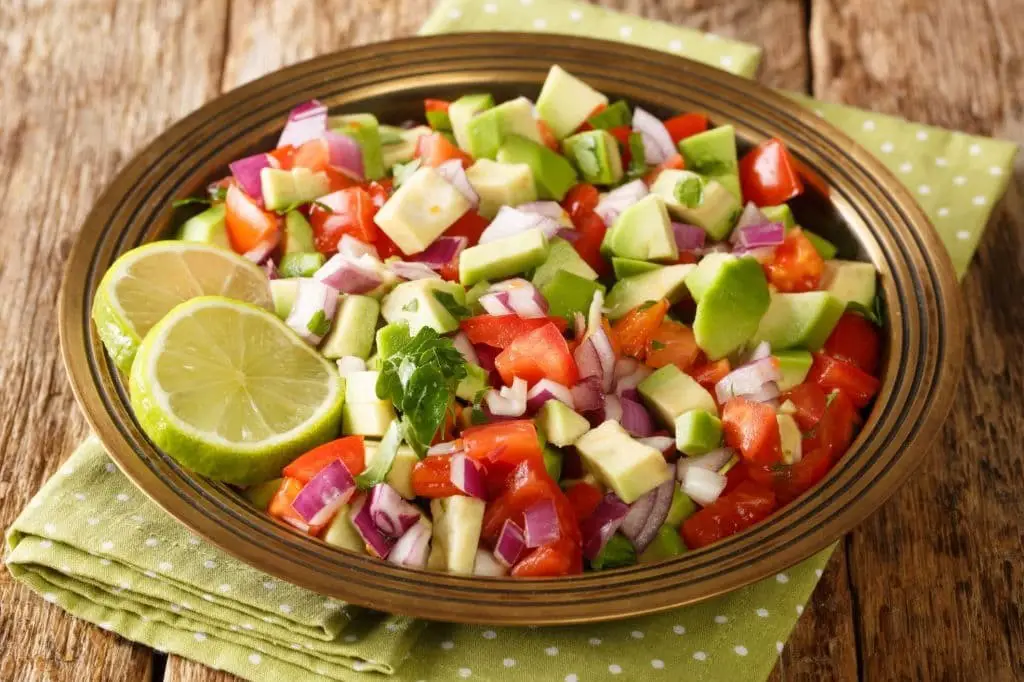
In the African Great Lakes region, a vibrant and flavorful culinary tradition is on full display with Kachumbari, a refreshing salad that’s as simple as it is satisfying. The core ingredients – diced tomatoes, cucumbers, and onions – are combined in harmony, with chilies and salt adding a savory depth. A squeeze of lime or lemon juice provides a welcome burst of citrus, while parsley and coriander add subtle freshness.
For those who like to take things up a notch, the addition of gin or vodka lends an unexpected yet intriguing dimension. With regional variations popping up in countries like Kenya, Rwanda, and Burundi, it’s clear that Kachumbari has earned its place as a beloved staple in traditional cuisine across Africa.
Knishes

A knish is a delectable Jewish snack that has gained popularity in North America, particularly in New York, thanks to the influx of immigrants from Eastern Europe. This tasty treat typically consists of a savory filling encased in oven-baked or deep-fried dough, offering a wide range of flavor profiles and textures. Fillings can be crafted with ingredients such as kasha (buckwheat groats), mashed potatoes, sauerkraut, ground meat, black beans, or cheese, making each knish unique and delicious.
The diverse shapes and sizes of knishes add to their appeal, making them a popular choice for both as a side dish or as a bite-sized snack.
Kedjenou

Kedjenou poulet, an iconic African culinary delight, is a mouthwatering stew that boasts an impressive blend of flavors and textures. At its core lies chicken or guinea fowl, harmoniously paired with an array of fresh vegetables. This richly flavored dish is characterized by its slow-cooked preparation, typically achieved through the use of a sealed terracotta pot over fire and coal, or alternatively on a stovetop or pressure cooker.
Kedjenou poulet is particularly renowned in Côte d’Ivoire, where it has earned a special place as one of the most beloved national dishes. The unique cooking method, which allows for the preservation of all ingredients’ flavors by preventing steam from escaping, lends an unparalleled depth and complexity to this delectable stew.
Kitfo
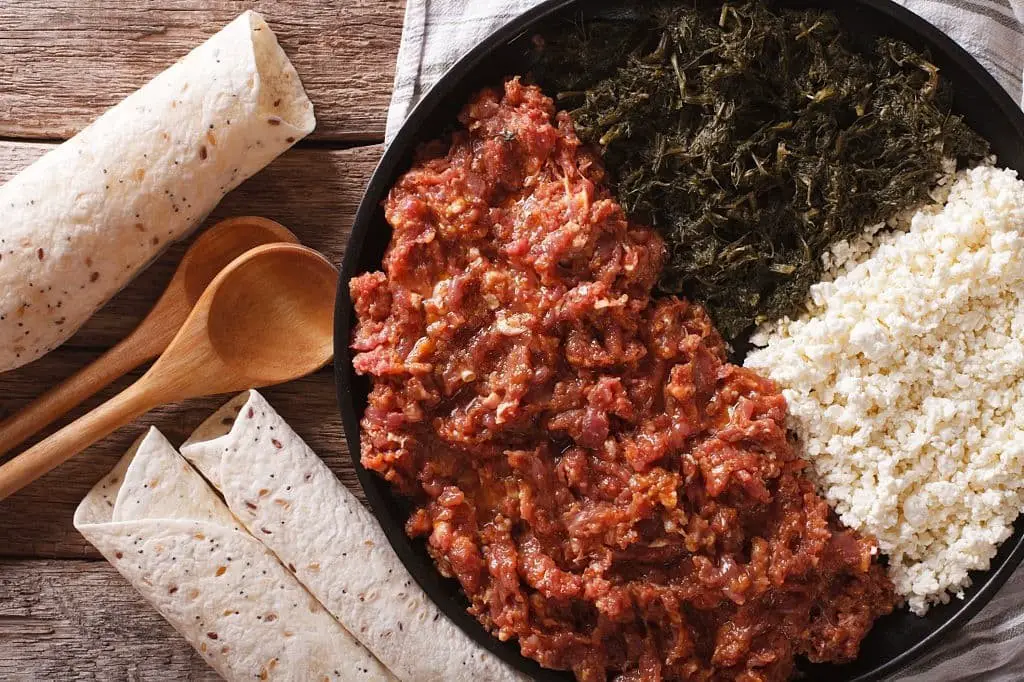
In the culinary tradition of Ethiopia, Kitfo (also spelled Ketfo) holds a significant place. This flavorful dish is crafted by combining ground beef with a blend of spices and herbs, specifically mitmita and niter kibbeh, which adds a rich depth to its taste. To enhance the experience, some variations include mixing in cheese or greens, accompanied by a crusty flatbread.
Beyond just being a popular food option, Kitfo is also an integral part of cultural celebrations, often served at special events like weddings and holidays.
Konkonte
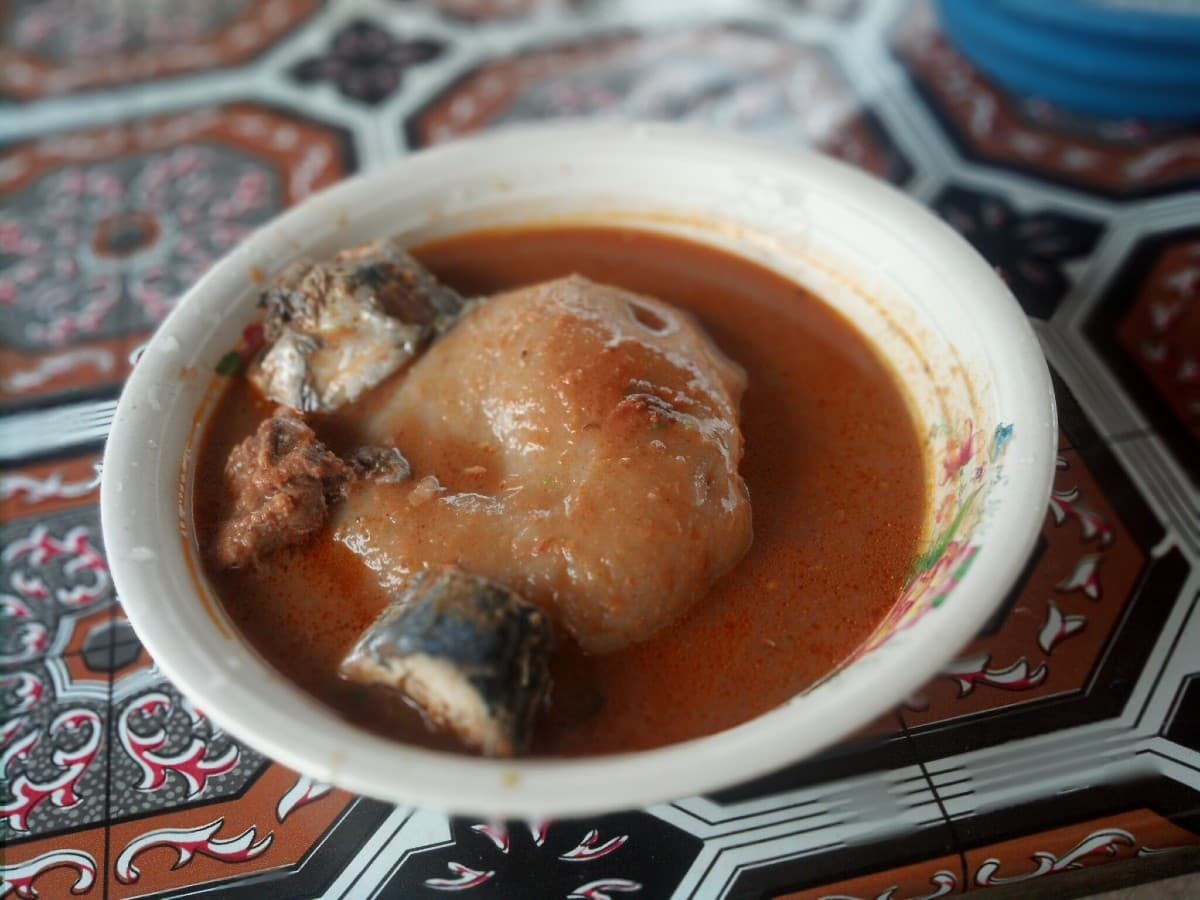
Konkonte, a staple in West African cuisine, is a humble food with a rich history. Made from cassava flour and water, this traditional dish is kneaded to perfection. Typically, Konkonte is served as a side accompaniment to okra soup, groundnuts, or palm nuts, forming a delicious and satisfying combination.
The color of the dish can vary depending on the source of the cassava, ranging from light brown to dark brown hues.
Its widespread popularity can be attributed to its presence in Ghana, Nigeria, and the Caribbean islands, where it is deeply ingrained in local culinary traditions.
Konkonte’s unique flavor profile is characterized by a subtle sweetness, making it an enjoyable meal option. Furthermore, this food has numerous health benefits, which are complemented by its ease of preparation and affordability.
In times of scarcity and hardship, Konkonte played a crucial role in saving lives, earning it the nickname ‘food for the poor’. Its remarkable story serves as a testament to the resilience and resourcefulness of West African cultures.
Kuchela
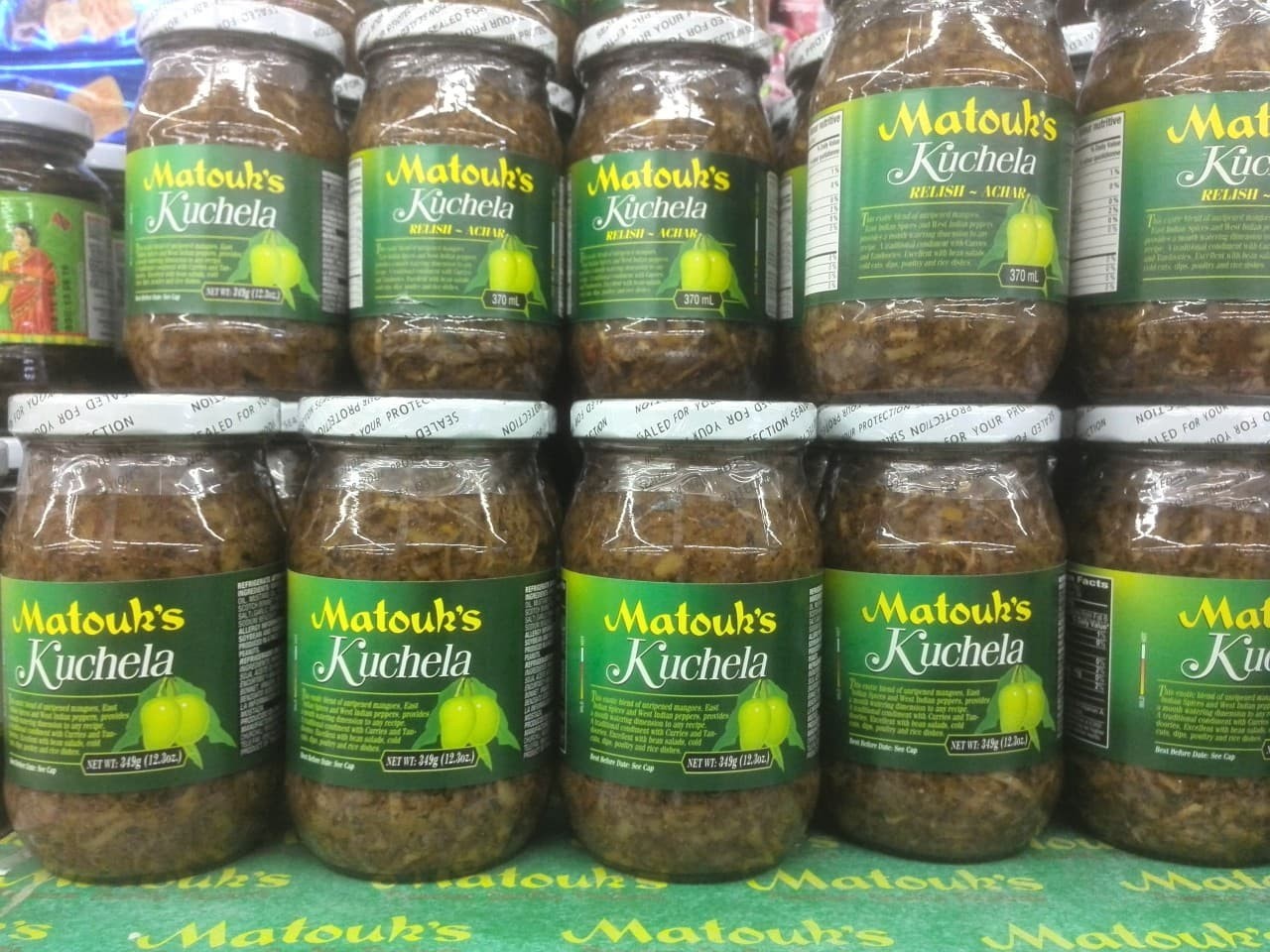
In Trinidad and Tobago, a popular side dish known as Kuchela is a staple when served hot alongside rice, curry, and other accompaniments. This unique condiment is made from unripe green mango that’s been dried in the sun, giving it a texture reminiscent of traditional Indian pickles, such as Achaar.
The flavorful relish combines the dried mango with a blend of spices, including hot chili peppers, brown sugar, mustard oil, salt, and a medley of masalas like cumin, fennel, and Fenugreek seeds, adding depth and heat to its taste profile.
Koki

Koki, a staple Sindhi breakfast option, offers a flavor profile unlike traditional flatbreads. This whole wheat delicacy is elevated by the addition of onion and condiments such as pomegranate seeds, chilies, coriander, or cumin seeds. The crispy, golden brown flatbread is typically fried in clarified butter on a pan, making it an ideal choice for those managing blood sugar levels due to its low glycemic index and high levels of healthy fats.
Knockwurst
Knockwurst, a North American culinary staple with German origins, offers a versatile cooking experience. This all-beef or pork sausage can be prepared through boiling, pan-frying, grilling, or oven-roasting, making it an accessible and satisfying meal option. Unlike traditional hot dogs, Knockwurst boasts a leaner profile and higher-quality meat, resulting in a more substantial and flavorful bite.
Typically served in a bun with a medley of condiments such as mustard, spaetzle, crispy fried onions, and tangy sauerkraut, this hearty meal is sure to leave you feeling full and content. Upon cooking, Knockwurst transforms into a juicy, plump, and crispy delight, with its smoky flavor profile truly shining through.
Kabosu
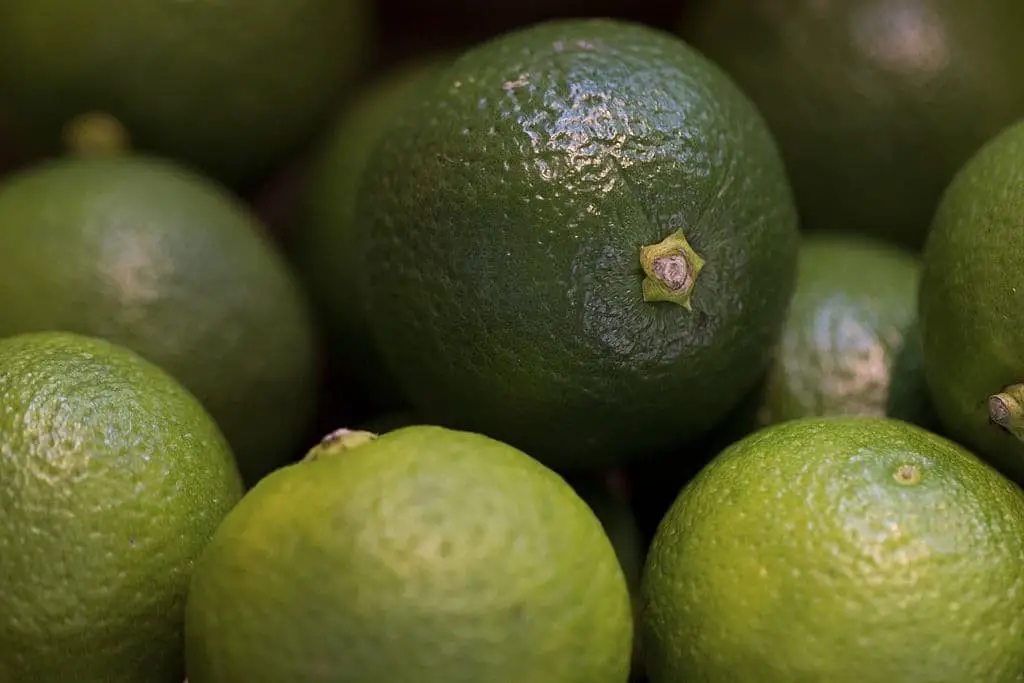
In Japan, Kabosu is a staple citrus fruit that thrives in broad-leaf trees. Its versatility has made it a go-to ingredient for enhancing flavors in various dishes, including hot pot delicacies, fish, and sashimi. Beyond its culinary applications, Kabosu also features prominently in frozen desserts, pastries, spirits, juices, and condiments. Interestingly, this citrus fruit can serve as a natural substitute for synthetic vinegar due to its distinctively astringent taste, reminiscent of lemon.
When paired with fish and meat, Kabosu’s unique properties not only preserve the colors but also extend the shelf life by preventing spoilage.
Kaki Fruit
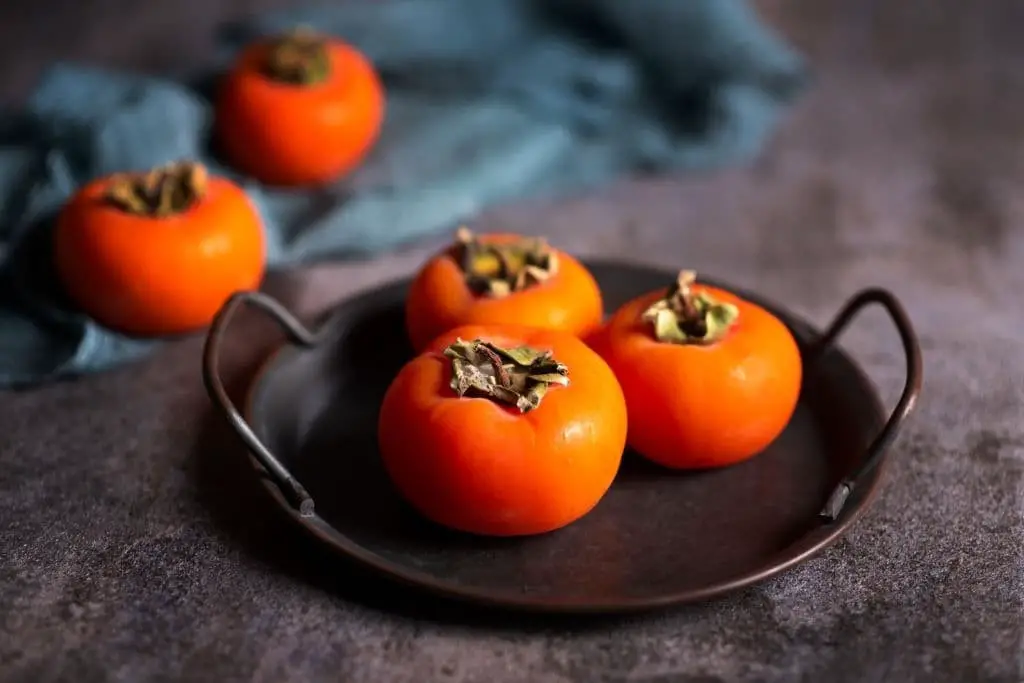
The Kaki Japanese Persimmon is a versatile and nutritious fruit that can be enjoyed year-round. While it’s typically consumed fresh during its ripening season, it’s also possible to dry the fruit for later use. This allows you to savor both the skin and flesh of the juicy fruit, with its unique texture and flavor profile.
From a nutritional standpoint, Kaki is an excellent source of essential vitamins and minerals, including vitamin C, iron, and B-complex vitamins like folic acid and thiamine. These nutrients contribute to healthy hemoglobin levels and a strong immune system, making Kaki a great addition to a balanced diet.
Interestingly, Kaki fruit can also be found in various parts of the world beyond Japan, including China, Korea, France, and Italy.
In some Chinese communities, this fruit has been imbued with mystical powers and is traditionally used to treat common ailments like headaches, foot pain, and back discomfort.
Kiwano
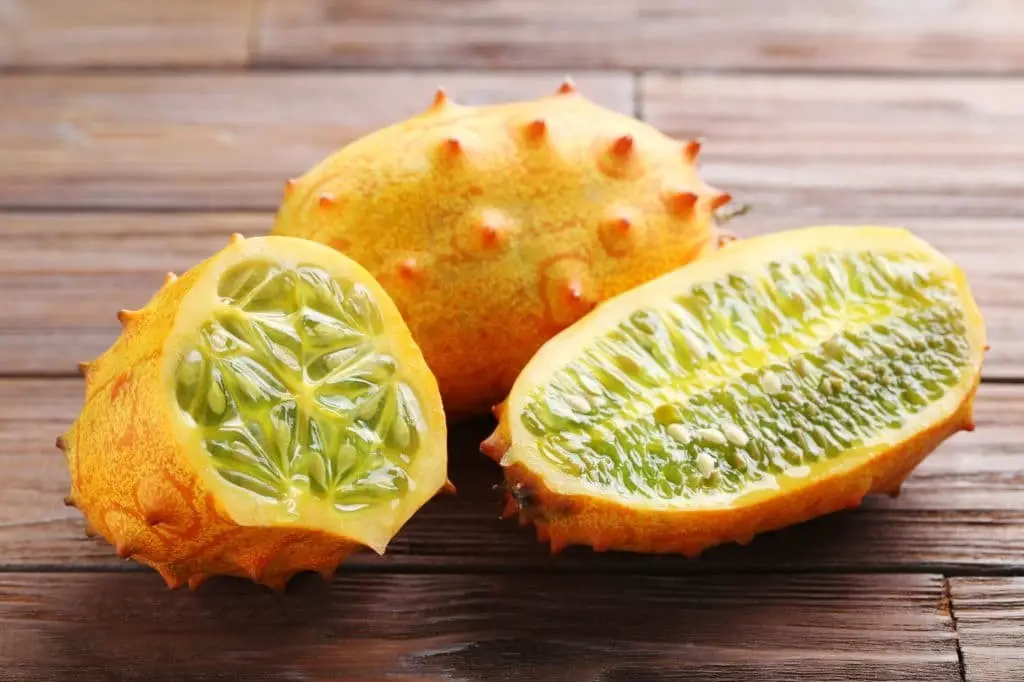
Kiwano, an exotic fruit also known as the ‘horned melon,’ can be found in various regions of Africa. Its appearance may remind you of a horned cucumber, with an orange hue and tiny spines covered by a thick outer skin. The fruit’s gelatinous flesh is rich in seeds and packed with essential minerals like Vitamin C, A, B6, Iron, zinc, phosphorus, fat, proteins, and more.
Additionally, antioxidants present in Kiwano help combat free radical damage, inflammation, diabetes, heart diseases, and several types of cancer. As a result, this fruit is an excellent choice for those seeking a nutrient-dense option that offers significant health benefits.
Kumquat
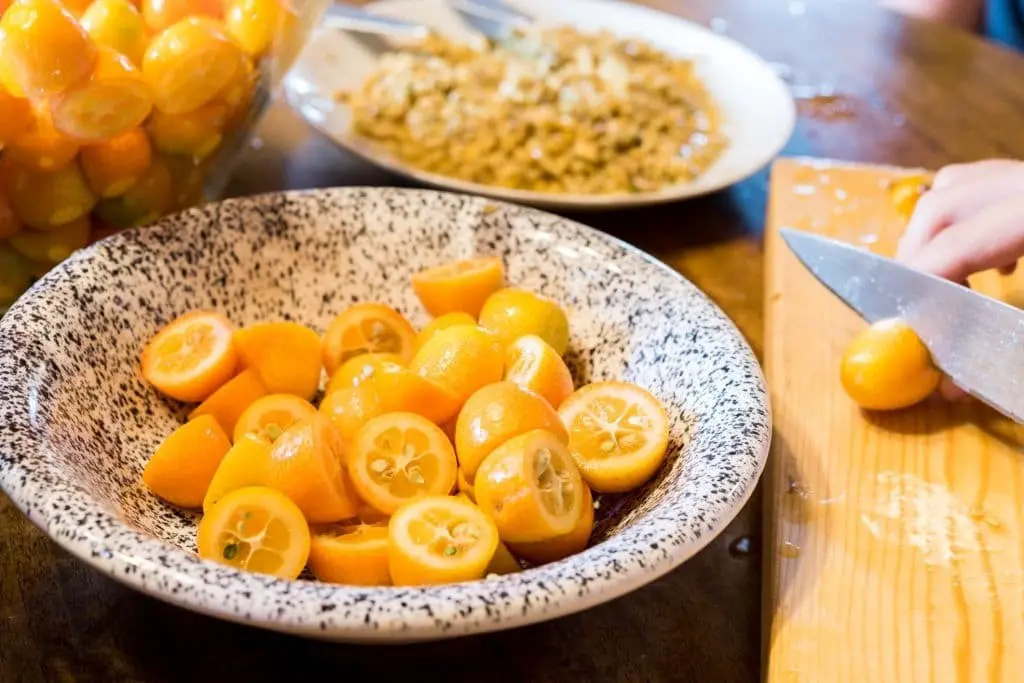
Kumquats are a small, orange-hued citrus fruit characterized by an outer peel that bursts with sweetness, while the inner pulp delivers a tangy surprise. Native to China, this golden Mandarin orange is also cultivated in other East Asian countries such as Taiwan, India, the Philippines, and Japan. Each year, Kumquat trees produce thousands of fruits, which come in various shapes and sizes, each with its unique flavor profile that can vary subtly depending on the region.
Kenponashi
In China, Japan, Korea, and India, a unique tree species called Kenponashi thrives in mountainous regions. While its edible raisins may be the most well-known aspect, this tree has a broader range of applications. In traditional medicine, Kenponashi is used to treat various ailments, including liver diseases and fever. Despite its fruit being edible, it’s actually the stalk that’s harvested for consumption. When planted beneath shade-providing trees, these stems can be enjoyed once they ripen.
The taste closely resembles dry raisins, with a subtle hint of cinnamon.
Knack
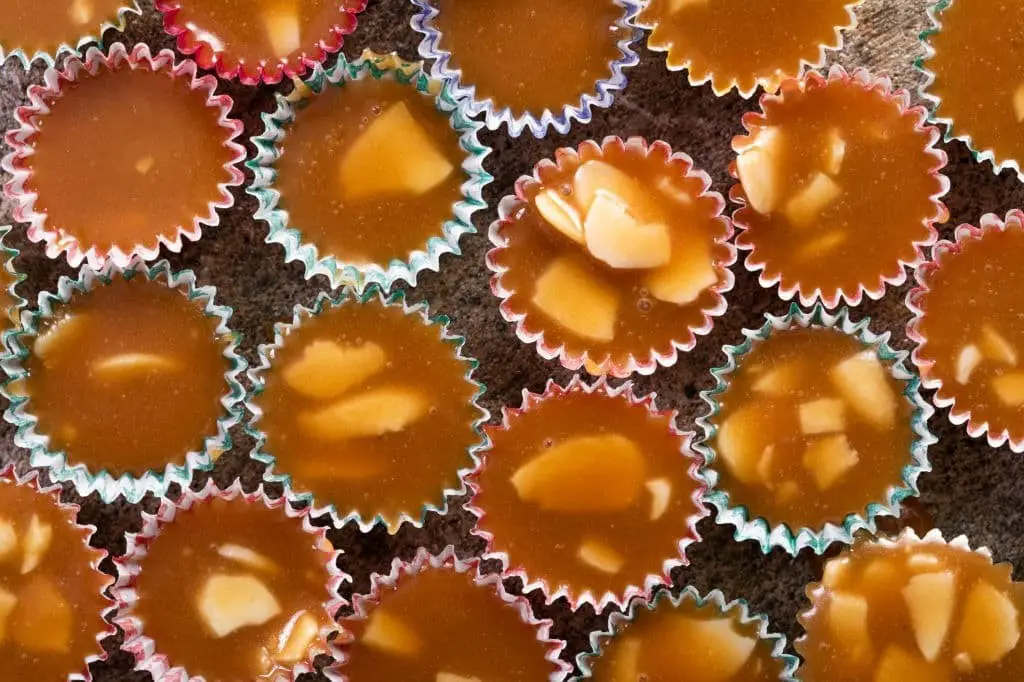
Kouign Amann

A culinary masterpiece that has captured the hearts of many is the Kouign Amann, a Breton cake renowned for its lip-smacking goodness. Characterized by layers of butter and sugar sandwiched between bread dough, it bears a striking resemblance to puff pastry. The slow-baking process allows the sugar to caramelize, while the butter plays a crucial role in expanding the dough, resulting in a delicate structure akin to a caramelized croissant.
Its popularity has earned it the nickname ‘the fattiest pastry’ across Europe, making it a must-try treat for anyone with a sweet tooth.
Koeksisters

In South Africa, a sweet treat called koeksister is a popular indulgence. This fried dough pastry is made by dipping the dough in sugar syrup or honey and then coating it in desiccated coconut, giving it a delightful texture that’s both crunchy and sticky. The unique shape of the koeksisters, which resembles braided hair, adds to their charm. To make this tasty treat, a mixture of cornmeal, flour, milk, egg, butter, sugar, cinnamon, ginger, and lemon juice is used.
Koeksisters can be enjoyed at any time of day – whether as a breakfast sweet treat or an afternoon snack paired with a warm cup of tea or coffee. This article has aimed to introduce you to some lesser-known foods that start with the letter K, and we hope it will inspire you to try new flavors and make informed choices about what you eat.
Related Posts
Diabetes management often involves a combination of healthy eating habits and, if necessary, medication. Fig fruit, specifically, has been touted as a potential ally in the fight against diabetes due to its impressive nutritional profile. With its rich content of fiber, vitamins, and minerals, figs may help regulate blood sugar levels and even support weight loss efforts.
However, it’s essential to note that individual results will vary depending on factors such as overall diet, exercise routine, and personal health status.






